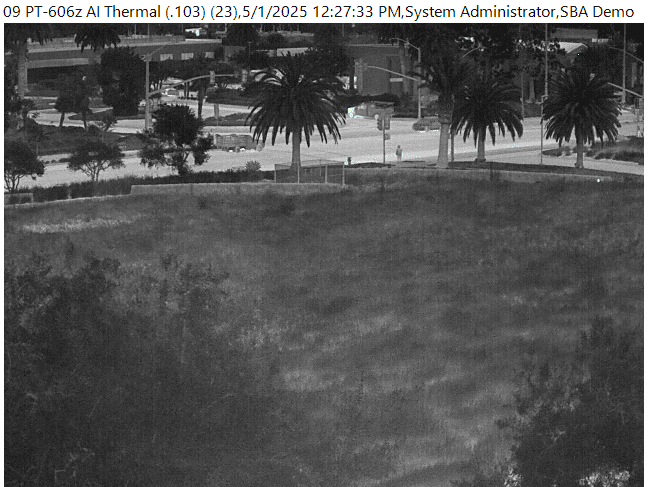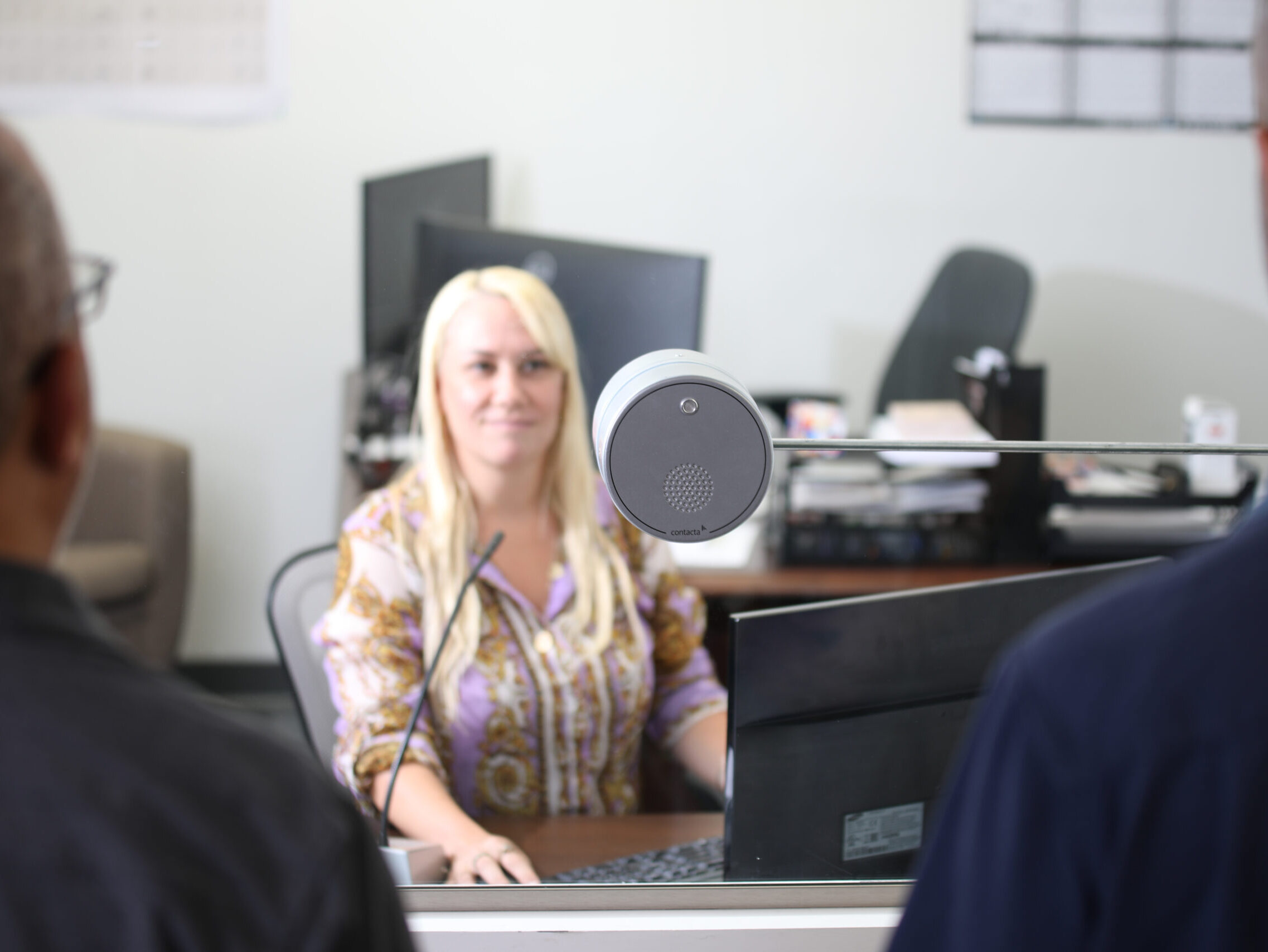Eagle Eye Networks details the latest 2021 Trends in the video surveillance market, with a focus on cloud based solutions, AI and evolving compliance requirements
Eagle Eye Networks, global provider in smart cloud video security solutions has released an eBook detailing the latest trends in the video surveillance market. The trends are predicted to impact the industry, security and business intelligence analytics.
2020 imparted a worldwide pandemic. Social unrest. Political divisiveness. Unprecedented wildfires. And a near record-breaking hurricane/typhoon season. As relieved as the world may be to put this challenging year behind us, all these disparate-yet-connected events didn’t magically disappear once the ball dropped on midnight, December 31.
In fact, this continued uncertainty around the globe is the underlying issue for most, if not all, of the security industry trends we’re predicting for 2021. For example, it’s accelerating the move to the cloud, amplifying the call for safety coupled with privacy and emphasising the need for accurate data and analytics with which to make faster, better, more informed decisions.
Here’s how our experts see the coming year unfolding for the video security industry.
Customers are asking for cloud
Some 90% of companies report doing business in the cloud. Its adoption started to ascend a few years ago when Millennials – who had become a dominant generation in the labor force – pushed hard for the flexibility to work from anywhere, anytime. Fast forward to 2020 and we saw the remote workforce trend accelerated by COVID-19, as the business world scrambled to maintain productivity with a home-bound workforce.
All that said, approximately only 10% of video surveillance is on the cloud. The rest is still being recorded on a server or a machine or computer located in the facility where the cameras are installed.
But, that’s changing. And, it’s changing primarily because the benefits of cloud in the video surveillance space are powerful and undeniable, including major cost savings, heightened data security, remote access and maintenance, flexible storage and retention, scalability, increased stability and disaster recovery. In addition, bandwidth challenges are no longer a feasible argument against cloud computing, as tremendous advances have been made in internet bandwidth availability. Finally, the cloud also enables an open platform, which promotes flexible, fast technology innovation and longevity.
Advanced analytics (AI) will transform video surveillance systems into even more valuable business solutions
Video surveillance systems are not just for security anymore, they’re also a valuable tool for business intelligence (BI). Many video management system (VMS) providers have been preaching this, but most of the industry has failed to deliver. Widespread availability and adoption of AI and BI to transform video surveillance mirrors the Gartner Hype Cycle. They have progressed through the cycle from “Technology Trigger” to “Peak of Inflated Expectations” down to the “Trough of Disillusionment” and gradually back up toward the “Slope of Enlightenment.” It’s now reaching the “Plateau of Productivity,” meaning AI and BI in video security are becoming the norm.
Ultimately, smart cloud video surveillance with appropriate privacy and cybersecurity protections will make businesses and communities much safer, for example, by detecting dangers such as weapons, erratic driving, active robberies and suspicious loitering. Furthermore, businesses will analyse their customer behaviors, service and overall retail operations to provide a significantly better customer experience. And, manufacturers will provide higher quality products, in a safer and more timely manner.
To drill down a bit, AI is also reducing false alarms, a major issue in the security industry. Analytics can ensure the system won’t trigger unnecessary alarms due to benign motion, such as animal movements or billowing curtains. Simultaneously, sophisticated algorithms are now able to identify age groups, genders, clothing colors and even details, like whether or not visitors entering a building are wearing face masks or maintaining social distancing.
Video surveillance compliance requirements are constantly evolving
As video surveillance becomes a more widely adopted tool across industries and continents, regulating its use is becoming more prevalent. For example:
The Cannabis Industry
In 2020, cannabis legislation continued to change around the world. With increased legalisation comes increased regulatory requirements for those businesses hoping to survive and thrive within the rules. And regulations that encompass things like video resolution and retention, remote accessibility for law enforcement and offsite video backup vary widely from state to state and even municipality to municipality.
Body-Worn Cameras
Policies dictated by law enforcement commissions regarding when, where and how police officers operate their body-worn cameras are prevalent and divergent. And, in the not-too distant future, we predict these policies will also expand to commercial body-worn cameras for in-home service providers, such as nurses, cleaning crews, massage therapists and food deliverers. In fact, the body-worn camera market is expected to register a 16% compound annual growth rate between now and 2025.
Payments
Any business that regularly comes into contact with credit card information must remain compliant with PCI DSS (Payment Card Industry Data Security Standard). To ensure card data isn’t compromised or for quick incident investigation, monitoring physical access to sensitive areas and retaining collected surveillance data are necessary
The Education Sector
Compliance requirements are expanding for special education classrooms, with a number of states requiring districts to conduct surveillance intended to protect students who may not be able to report abuse or mistreatment themselves.
Healthcare
This industry is tightly regulated by government regulations. As part of this, video security is used by healthcare facilities to safeguard patients and their medical records, as well as staff, visitors and the facility itself.
IT departments are now engaging with and in many cases owning video surveillance
For decades, the security team owned the video surveillance system in an office setting. However, in recent years, IT leaders have not only gotten involved in the video management system, they’re actually owning it. As part of their IT strategy, corporations are leveraging video for business process improvement to maximise the benefits of surveillance investments while reducing unnecessary operational overhead.
The main driver for this shift is their deep understanding of the importance of cybersecurity. As keepers of the company’s computer network, they’re taking lessons learned from managing and securing the network – which includes email, the customer relationship management (CRM) system, accounting software and more – and applying them to other potential vulnerabilities, such as surveillance cameras.
In addition, the IT team appreciates the low maintenance costs (both operational and infrastructure), how the VMS manages bandwidth, camera compatibility and the vast integration possibilities inherent with cloud technology. As more core business applications, such as point of sale, access control, process control and others, integrate with video surveillance systems, IT plays a more important role in ensuring compatibility, access and security.
Customers are expecting their systems to be open and connected, as the value becomes more clear
Whether it’s our phone, fitness tracker, voice controller (Echo, Alexa), doorbell cam, or thermostat, consumers have become heavily dependent on IoT (internet of things) devices. So, it’s no surprise we’re seeing a confluence of consumer and commercial – I have it (automation, control, cost reduction, increased productivity, real-time access, etc.) at home. Why not at work?
An open and connected ecosystem makes it possible for businesses and developers to integrate any number of applications on a single VMS platform. The platform handles all the heavy lifting of interfacing with the cameras, recording video, securely transmitting and storing video to the cloud and making video available for use in the integrated applications.
5G is coming
5G is the fifth and next generation of mobile communication technology. The fastest 5G networks are expected to be at least 10 times faster than 4G LTE, according to wireless industry trade group GSMA. In addition, 5G promises to have a massive economic impact, as the technology is projected to enable more than $12 trillion in global economic output by 2035, writes The Hill opinion contributor Bruce Mehlman. 5G has already launched, though on a small scale and is predominantly being driven by the need to connect more devices and collect more data.
The new technology is expected to propel transformative, innovative technologies, for both the consumer and business markets. 5G will afford the video security industry, specifically, the ability to pull video and data from countless devices – so, not only from fixed video security cameras, but also devices such as body cams (think bus drivers, train conductors, Uber Eats drivers) and drones, which will be particularly powerful for end users, such as farmers and sporting arenas.
5G also makes it possible to rapidly deploy a surveillance camera solution without the dependency on a fixed internet connection (cable or fiber). It liberates the user to quickly deploy high-resolution cameras at any location – even remote ones – globally.
Widespread adoption of 5G could take years, but there are already positive examples of video surveillance systems running on 5G. My Street Project in Mexico City leveraged the next gen technology to install 74,000 cameras in high crime areas and public passenger transport units – 20,000 of which were installed in less than four months’ time.
You can view the full eBook here: www.een.com/2021-trends/






















